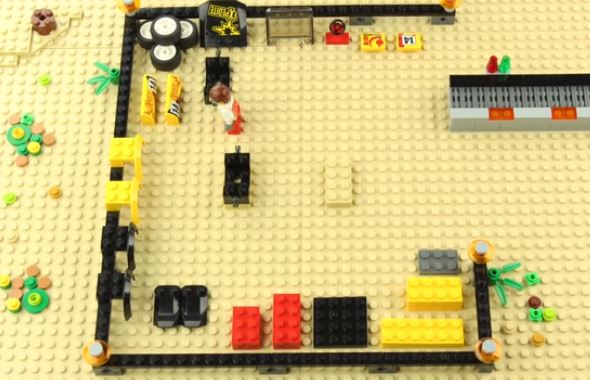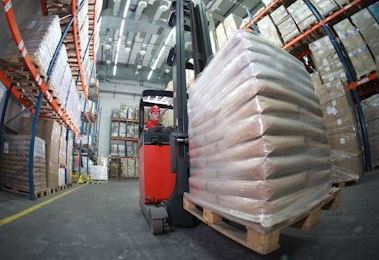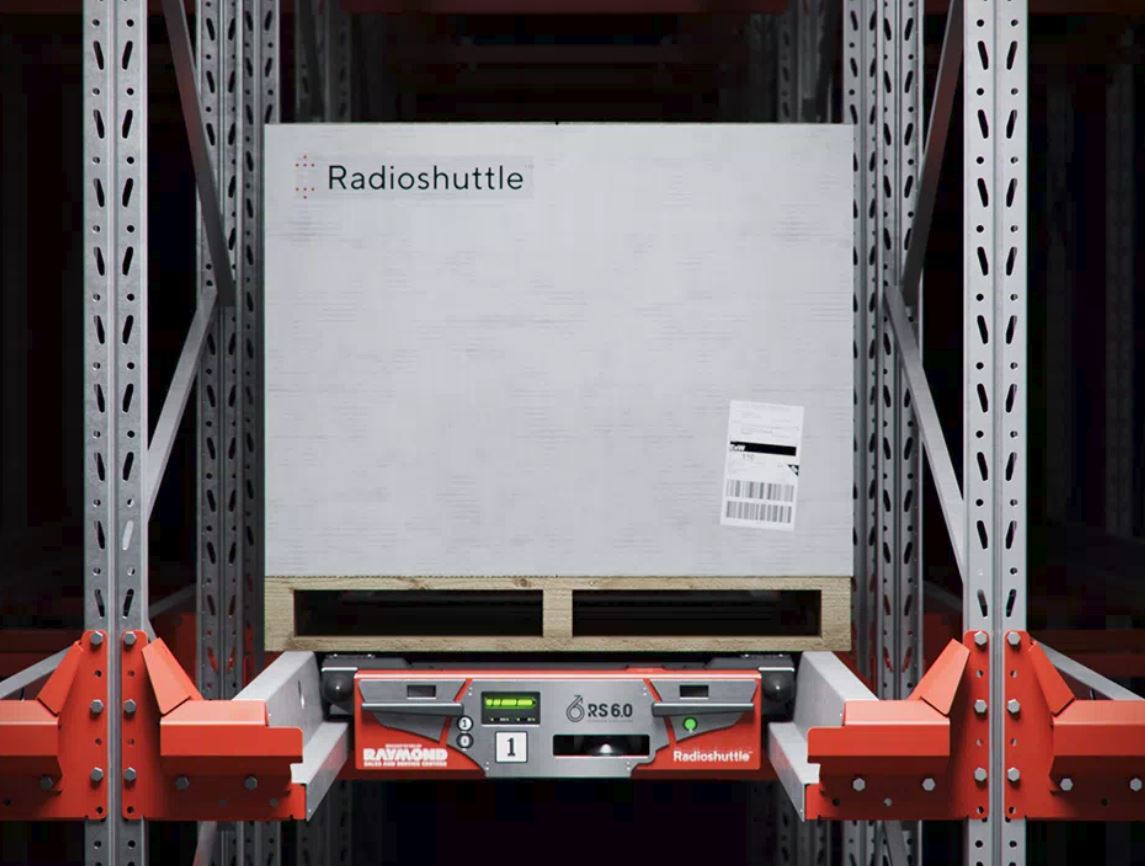Warehouse space is expensive. It always has been, and the upward trend continues. That’s why we try to utilize every square foot in our warehouses and distribution centers (DCs) by reducing the amount of ‘air’ we store. But how do most people manage that? I believe many warehouse managers, directors of operations and VP’s of distribution often miss some opportunities when it comes to effective space utilization. To correctly utilize the space and increase picking and putaway process efficiencies requires some work. It requires warehouse profiling.
Design the best operation
 Imagine that you’re in a competition and the goal is to build as many toy cars as you can in a specified amount of time. One of the challenges is that each car is not identical and, therefore, all parts used are not the same. Some parts, such as the frame, wheels and engine may be the same, but others, like the interior and body parts vary. The other challenge is that you’re given a limited number of various sized boxes to store each part in, and all parts must be in a box prior to assembly. You’re allowed to keep some storage boxes in front of you, some at the other end of the table 5 feet away, and some on another table 20 feet away. Before the competition you have time to set up your parts in each storage box. What is your strategy to win?
Imagine that you’re in a competition and the goal is to build as many toy cars as you can in a specified amount of time. One of the challenges is that each car is not identical and, therefore, all parts used are not the same. Some parts, such as the frame, wheels and engine may be the same, but others, like the interior and body parts vary. The other challenge is that you’re given a limited number of various sized boxes to store each part in, and all parts must be in a box prior to assembly. You’re allowed to keep some storage boxes in front of you, some at the other end of the table 5 feet away, and some on another table 20 feet away. Before the competition you have time to set up your parts in each storage box. What is your strategy to win?
There are three factors to determine:
- Popularity: How frequently do I need to access each part?
- Quantity: How many parts do I have?
- Item Characteristics: What are the physical properties of each part and which boxes will they fit in?
Set slotting criteria
By using this information, you can effectively slot your parts in the ideal locations. If you have a lot of wheels and use them on every car, you want a big box as close to you as possible. Lugnuts should be near the wheels since they’re always picked together. Small trim pieces can fit in a smaller box. If they’re used on 50% of the cars, maybe they should be in the location 5 feet away, whereas a certain emblem may only be needed 20% of the time and should be located 20 feet away.
Stop storing air
We may be discussing toy cars here, but this scenario also applies to many warehouses and DCs. The next time you walk through your facility, look above each pallet or case. How much space is there? Pallets only need several inches of clear space above them, but in most cases, you’ll find more than that. A closer look at your products’ physical characteristics may call for shelf adjustments throughout the warehouse to minimize that expensive ‘air’ you’re storing. Or, maybe the best answer is to request fewer or more layers per pallet from your suppliers to best utilize the space. It might even necessitate repalletizing some products, a pain but often worth the effort.
Examine daily orders
 Are there common items that should be in the same area since they’re typically picked together? Are the items that turn the fastest located in the front of the warehouse? If you’re building palletized orders, are the heaviest items at the start of the pick path? Putting some time into an analysis of your order profiles can greatly reduce pick and putaway times and increase productivity.
Are there common items that should be in the same area since they’re typically picked together? Are the items that turn the fastest located in the front of the warehouse? If you’re building palletized orders, are the heaviest items at the start of the pick path? Putting some time into an analysis of your order profiles can greatly reduce pick and putaway times and increase productivity.
Alternative storage solutions
How many of each product do you typically have in storage? Maybe you should look at an alternative storage media such as mobile racking, or automated deep lane storage like Radioshuttle. Perhaps you’re storing more than you need based on the number of turns on the product. A closer look at your stored quantities may uncover much needed space for items that move more quickly.
look at an alternative storage media such as mobile racking, or automated deep lane storage like Radioshuttle. Perhaps you’re storing more than you need based on the number of turns on the product. A closer look at your stored quantities may uncover much needed space for items that move more quickly.
Many warehouse managers know the benefits that can be gained by order and warehouse profiling but either don’t have the time, or don’t take the time to do the analysis. I’d argue that it’s well worth the time to perform profiling on a regular basis, and nearly as simple as building a toy car. If you need assistance with the profiling process, contact an experienced material handling specialist.
Related resources: white paper on A Strategy for Reducing the Negative Impact of Slow-Moving Inventory.



Leave a Reply
You must be logged in to post a comment.